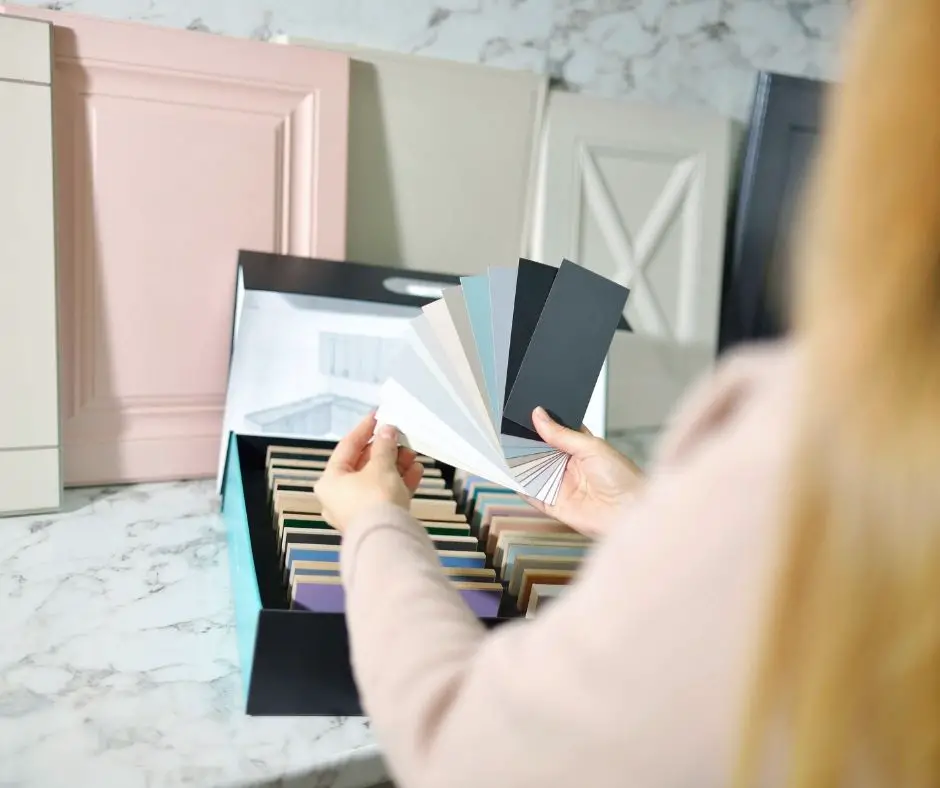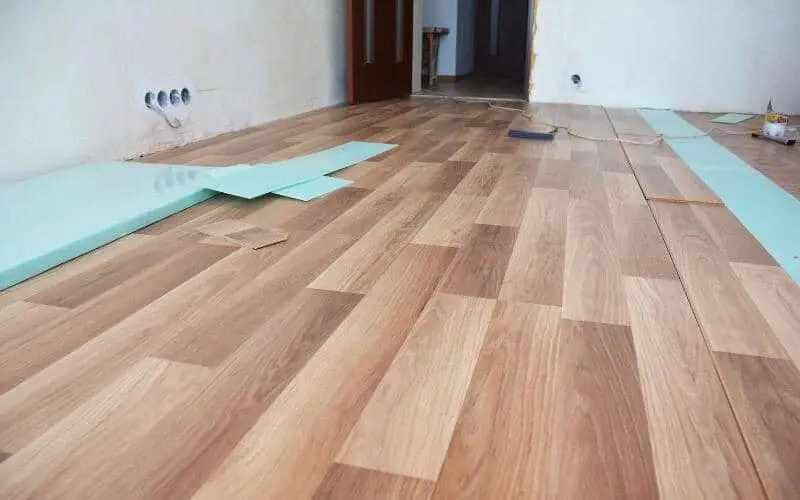Understanding Laminate Cabinets: Can You Stain Over Laminate Cabinets

Laminate cabinets are a popular choice for kitchens and bathrooms due to their affordability, durability, and wide range of styles. Understanding their construction and surface properties is crucial when considering staining them.
Construction and Surface Properties
Laminate cabinets are typically made of a particleboard or plywood core covered with a thin layer of decorative laminate. The laminate is a plastic-impregnated paper that comes in various colors, patterns, and finishes. It is bonded to the core under heat and pressure, creating a durable and moisture-resistant surface.
Challenges of Staining Laminate Cabinets
Staining laminate cabinets presents unique challenges compared to staining traditional wood cabinets. The laminate surface is non-porous, meaning it does not absorb stain like wood. This makes it difficult to achieve a consistent and even color.
Types of Laminate Finishes and Their Impact on Staining
The type of laminate finish can significantly impact the success of staining. Some common laminate finishes include:
- High-gloss: These finishes have a smooth, reflective surface that makes it difficult for stain to adhere. The stain may appear uneven and blotchy.
- Matte: Matte finishes have a less reflective surface than high-gloss, but they still present challenges for staining. The stain may not adhere well, resulting in a patchy finish.
- Textured: Textured finishes have a rougher surface that can make it difficult to apply stain evenly. The stain may pool in the crevices, creating an uneven appearance.
Alternatives to Staining
Staining laminate cabinets is not a viable option due to the non-porous nature of the material. However, there are several alternative methods to update the look of your laminate cabinets, offering a range of cost, effort, and aesthetic outcomes.
Painting
Painting laminate cabinets is a popular and cost-effective way to refresh their appearance. It involves cleaning, sanding, priming, and applying multiple coats of paint.
- Pros: Painting is relatively inexpensive, requires minimal tools, and can be done by homeowners with basic DIY skills. It offers a wide range of colors and finishes, allowing for a personalized touch.
- Cons: Painting laminate requires thorough preparation to ensure proper adhesion. It may not always cover the original laminate texture, and chips or scratches can be more noticeable on painted surfaces.
Refacing
Refacing involves replacing the cabinet doors and drawer fronts with new ones, while retaining the existing cabinet boxes.
- Pros: Refacing offers a significant visual upgrade without the expense and disruption of full cabinet replacement. It can be customized with various materials, such as wood veneer, thermofoil, or laminate, to achieve a desired look.
- Cons: Refacing is more expensive than painting, and it may not be suitable for cabinets with significant structural issues.
Replacing
Replacing laminate cabinets involves removing and discarding the existing cabinets and installing new ones.
- Pros: Replacing cabinets provides a complete overhaul, allowing for customization in terms of size, style, and functionality. It also addresses any structural issues with the existing cabinets.
- Cons: Replacing cabinets is the most expensive option, requiring professional installation and significant disruption to the kitchen.
Comparison Table
| Method | Cost | Effort | Aesthetic Outcome | Suitability |
|---|---|---|---|---|
| Painting | Low | Moderate | Moderate | Suitable for minor updates and budget-conscious homeowners. |
| Refacing | Medium | Moderate | High | Suitable for significant visual upgrades without full replacement. |
| Replacing | High | High | Highest | Suitable for complete kitchen renovations or when existing cabinets are beyond repair. |
Specialized Staining Techniques

While staining laminate directly is challenging, specialized techniques can help achieve a stained look. These techniques often involve using primers or specific paint-like stains designed for adhesion to non-porous surfaces like laminate.
Bonding Primers, Can you stain over laminate cabinets
Bonding primers are formulated to create a strong bond between the laminate surface and the subsequent stain or paint. They create a rougher texture, allowing the stain to adhere more effectively.
- Application: Apply a bonding primer to the clean and dry laminate surface using a brush, roller, or spray gun. Ensure even coverage and follow the manufacturer’s instructions for drying time.
- Sanding: After the primer dries, lightly sand the surface with fine-grit sandpaper (220-grit) to create a smoother finish and remove any imperfections. This step enhances the stain’s absorption and provides a more even appearance.
- Staining: Apply the desired stain color using a brush or rag. Work in thin, even coats, allowing each coat to dry completely before applying the next. Follow the manufacturer’s instructions for drying times and multiple coats.
- Sealing: Once the stain is dry, apply a clear sealant to protect the stained surface and enhance its durability. This step is essential for laminate as it helps prevent moisture and wear and tear from affecting the stain.
Paint-like Stains
These stains are formulated with a combination of pigments and binders, creating a paint-like consistency. They are designed to adhere well to smooth surfaces, including laminate.
- Preparation: Clean the laminate surface thoroughly and allow it to dry completely. Ensure there are no loose particles or debris that could interfere with adhesion.
- Application: Apply the paint-like stain using a brush, roller, or spray gun. Work in thin, even coats, allowing each coat to dry completely before applying the next. Follow the manufacturer’s instructions for drying times and multiple coats. It may be necessary to apply multiple coats to achieve the desired color depth and coverage.
- Sealing: Once the stain is dry, apply a clear sealant to protect the stained surface. This step is crucial for laminate as it helps to prevent moisture and wear and tear from affecting the stain.
Can you stain over laminate cabinets – So you’re thinking about giving your laminate cabinets a makeover, eh? Staining over laminate can be a bit of a faff, but if you’re going for that rustic farmhouse vibe, it might be worth a shot. Check out farmhouse kitchen stained cabinets for some inspiration.
Just remember, prepping is key – you’ll need to scuff up the surface properly to get the stain to adhere. If you’re not sure, a quick chat with a DIY guru might be your best bet.
So, you’re thinking of giving your kitchen a refresh and wondering if you can stain over those laminate cabinets? It’s a bit of a tricky one, but before you get too bogged down in the details, check out some www cabinets com reviews – they might just have the answer you’re looking for! If you’re dead set on staining, it’s best to do your research and get expert advice to make sure it’s the right choice for your cabinets.
